Here are some essential books, papers, and articles to read when you’re getting started with NoSQL databases.
Bigtable: A Distributed Storage System for Structured Data: This is the seminal paper introducing Bigtable, a very early NoSQL datastore introduced in 2006. Bigtable, a distributed storage system for structured data, is the ancestor to many of today’s most popular NoSQL databases, such as Apache Cassandra.
Dynamo: Amazon’s Highly Available Key-value Store: This paper presents the design and implementation of Dynamo, a highly available and scalable distributed data store built for Amazon’s platform in 2007. Popular NoSQL databases such as Cassandra and DynamoDB both inherit from the Dynamo model.
An Introduction to Distributed Systems: In the NoSQL database community, Kyle Kingsbury and Jepsen are legendary for “breaking distributed systems so you don’t have to.” This guide is designed as notes for an in-depth course on distributed system fundamentals. If you’re working with a distributed NoSQL database, this is a great resource for learning about key distributed systems terms, an overview of the algorithmic landscape, and exploring production concerns.
Designing Data-Intensive Applications: This book’s description begins “NoSQL… Big Data… Scalability… CAP Theorem… Eventual Consistency… Sharding… Nice buzzwords, but how does the stuff actually work?” If you want a deep dive into the diverse and fast-changing landscape of technologies for storing and processing data, there’s no better resource available.
CAP Twelve Years Later: How the “Rules” Have Changed: Eric Brewer, the man who developed the well-known CAP theorem in 2000, revisits its “2 of 3” formulation 12 years later.
Seven Databases in Seven Weeks: A Guide to Modern Databases and the NoSQL Movement: This is likely the most comprehensive guide to the world of NoSQL databases, with in-depth practical and conceptual introductions to Redis, Neo4J, CouchDB, MongoDB, HBase, Postgres, and DynamoDB.
Cassandra: The Definitive Guide: Cassandra is one of the most widely used NoSQL databases, and this book is a great resource for getting started with Cassandra. It provides the technical details and practical examples you need to put Cassandra to work in a production environment.
NoSQL Distilled: Pramod Sadalage and Martin Fowler, a well-known pioneer of agile software development and self-proclaimed “general loud mouth on Software Development,” provide a concise but thorough introduction to NoSQL in this book. It covers data models, issues with distributed data, thinking about consistency, schema migration, and several examples of different styles of NoSQL databases. Bonus: Here’s a with all the key points summarized.
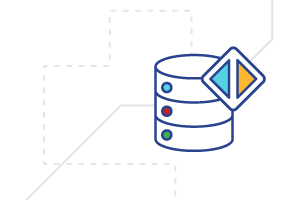
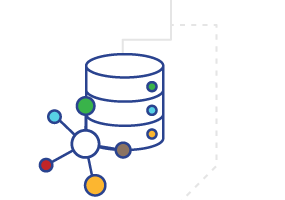
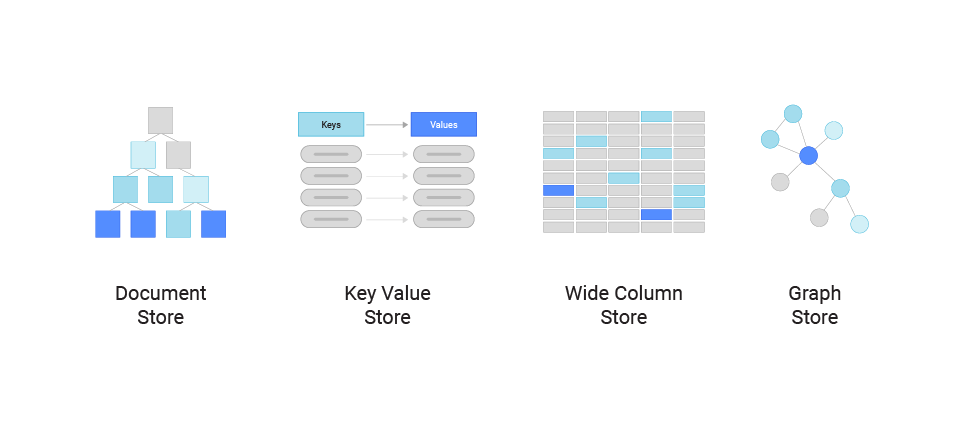
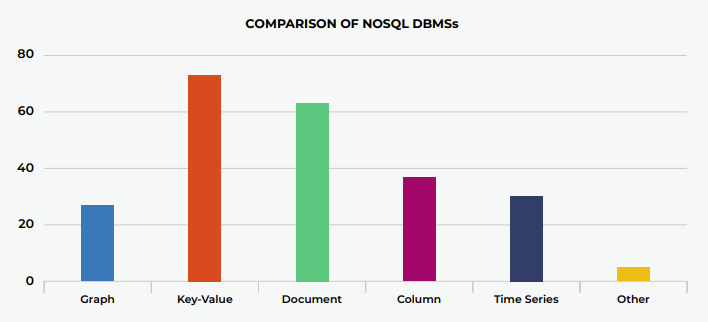
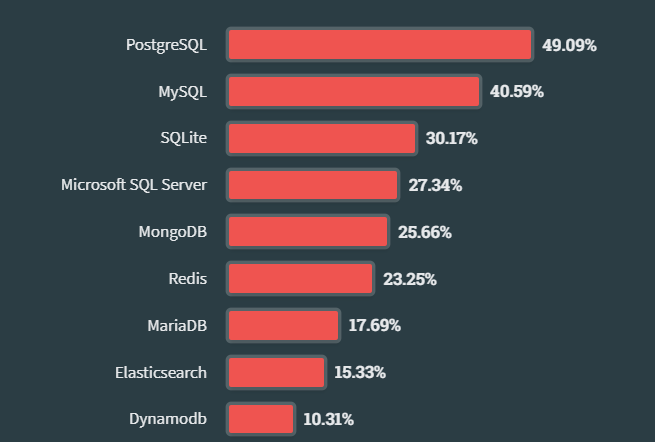
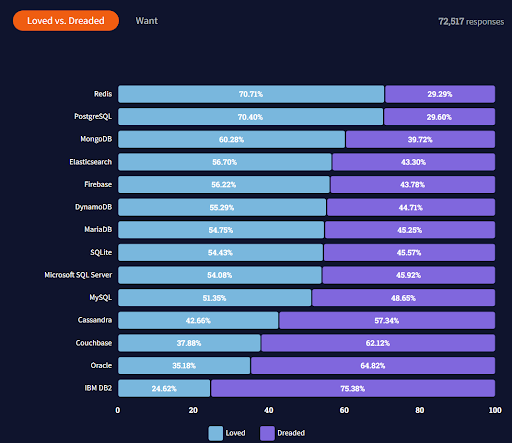

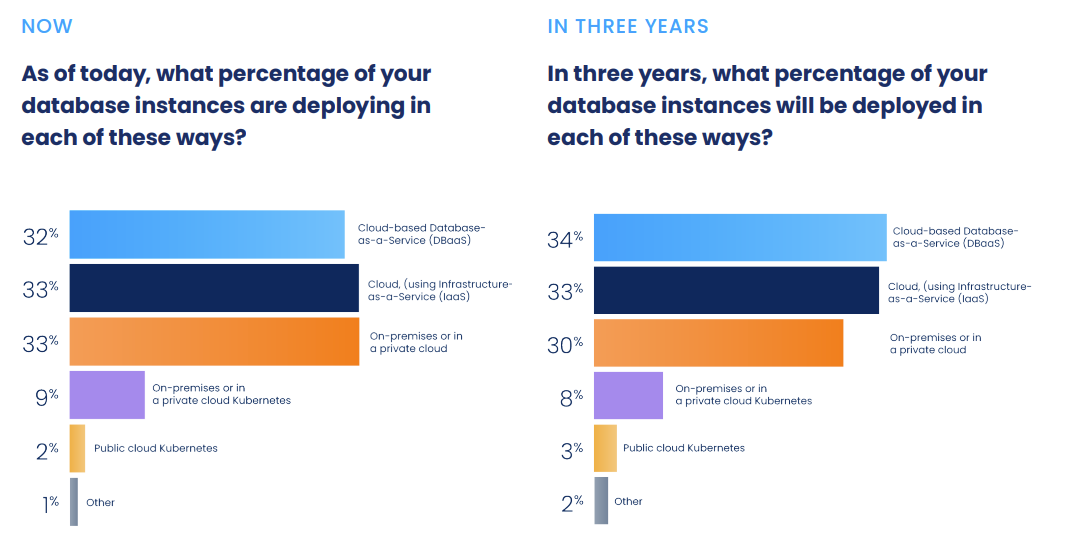
 Looking for extensive training on about data modeling for NoSQL Databases? Our experts offer a 3-hour masterclass that assists practitioners wanting to migrate from SQL to NoSQL or advance their understanding of NoSQL data modeling. This free, self-paced class covers techniques and best practices on NoSQL data modeling that will help you steer clear of mistakes that could inconvenience any engineering team.
Looking for extensive training on about data modeling for NoSQL Databases? Our experts offer a 3-hour masterclass that assists practitioners wanting to migrate from SQL to NoSQL or advance their understanding of NoSQL data modeling. This free, self-paced class covers techniques and best practices on NoSQL data modeling that will help you steer clear of mistakes that could inconvenience any engineering team.